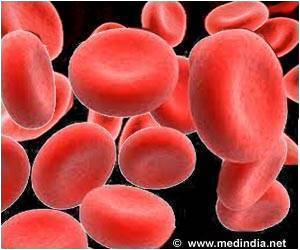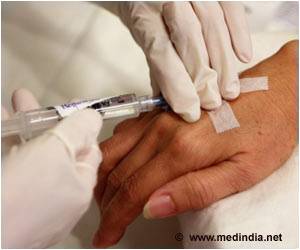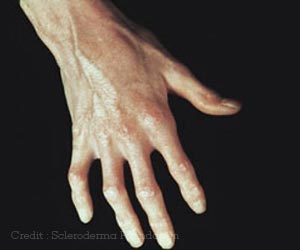some patients struggle with the long-term effects of a severe infection by the SARS-CoV-2 coronavirus after six months or more.
Blood cells and their physical properties play a key role in the course of COVID-19 infection as impaired blood circulation can led to dangerous vascular occlusions and limited oxygen transport.
This new research findings reported in the Biophysical Journal analyze the blood cells using a self-developed method called real-time deformability cytometry (RT-DC), which is recently recognized with the prestigious Medical Valley Award.
In this method, blood cells are sent through a narrow channel at high speed to stretch leukocytes and erythrocytes. A high-speed camera records each of them through a microscope, and custom software determines the types of cells present, and deformed cells.
Up to 1000 blood cells can be analyzed per second. The advantages of the method are it is fast and the cells do not have to be labelled in a laborious procedure.
Researchers examined more than four million blood cells from 17 patients acutely ill with COVID-19, from 14 people who had recovered and 24 healthy people as a comparison group.
They discovered that the size and deformability of the red blood cells of patients with COVID-19 infection deviated strongly from those of healthy people.
This finding indicates damage to blood cells and can explain the increased risk of vascular occlusion and embolism in the lungs and impaired oxygen supply.
This method can be used routinely in the COVID-19 diagnosis and as an early warning system to detect future pandemics by unknown viruses.
Source: Medindia



